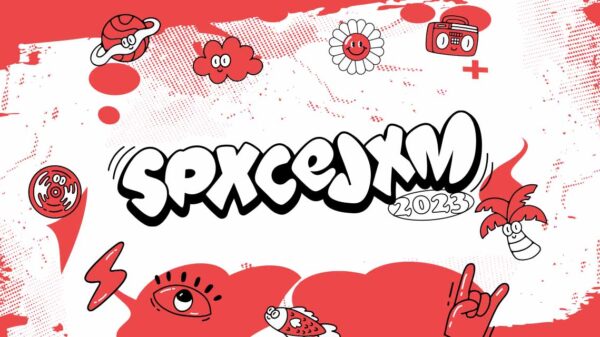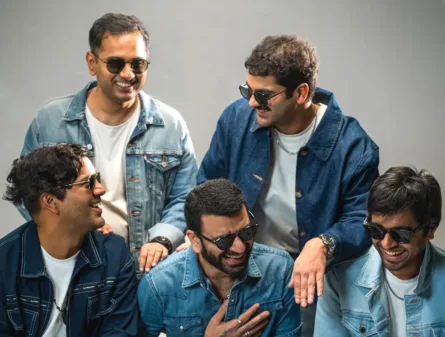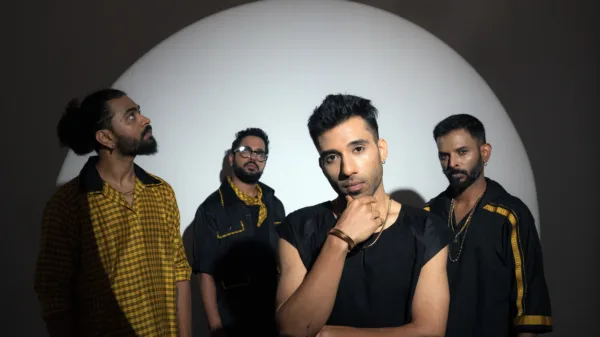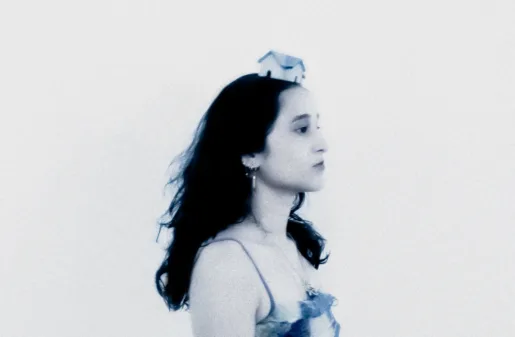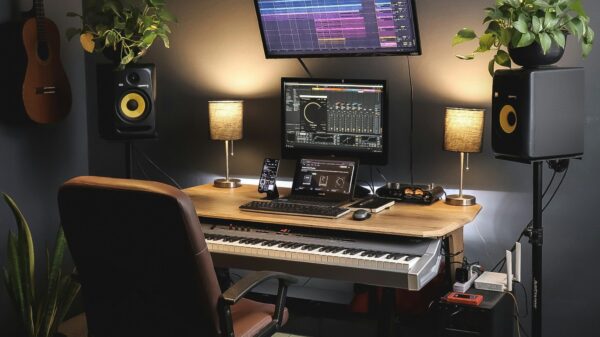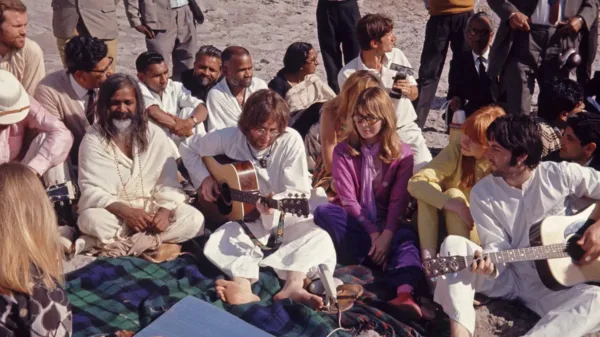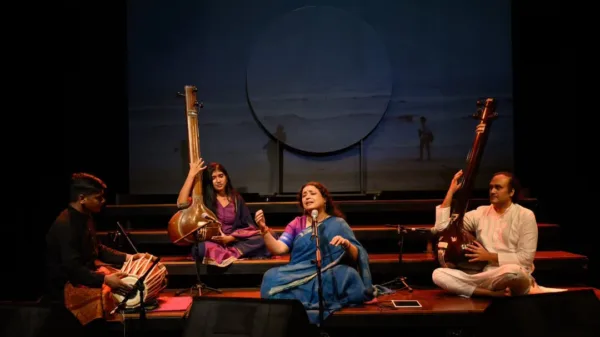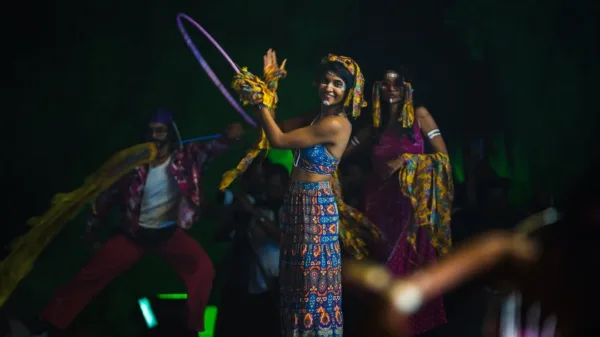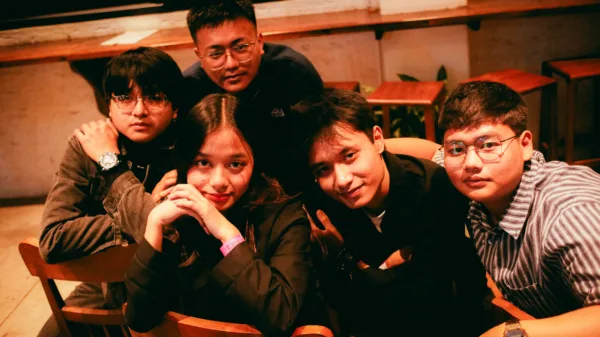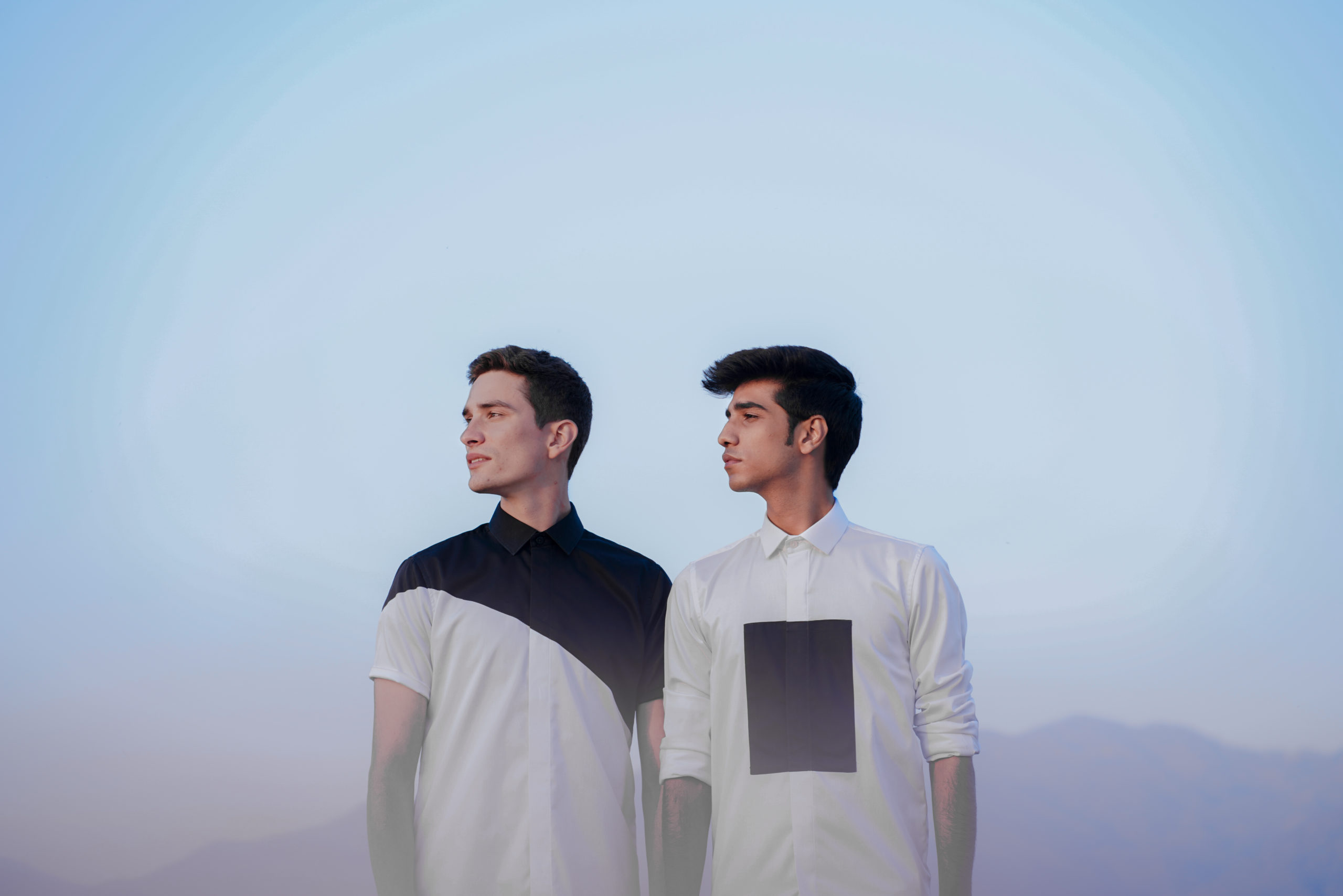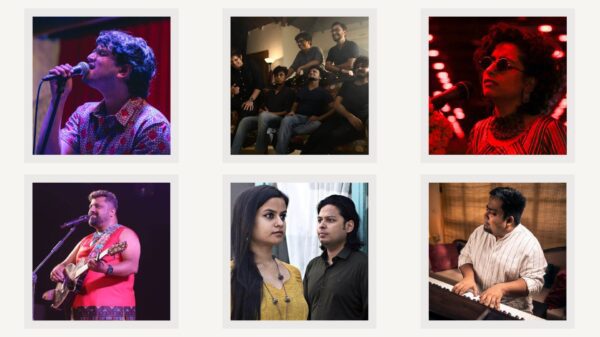It is no easy task to overcome cultural differences when collaborating on creative projects. As much as possible, humans like to live in our bubbles, surrounded by the comfort of what we know. Compound this with the fact that learning about a new culture is a huge investment of time to say the least and money to say the most – many of us stop before we even start. So every once in a while, when musicians take on such cultural exploration (and execute it to perfection), we must be grateful to them for adding a dimension previously unknown.
Anhad + Tanner is a duo that exhibits a sound culture they have created by merging the United States and India. It all started back in 2016 when Tanner (native – Durham, North Carolina) met Anhad (Native – New Delhi, India) while working with the non profit organisation– Music Basti. After a year of teaching together, this duo took its new form as a collaborative project which focuses on making music inspired by their respective backgrounds – Anhad’s based in the sounds of Asian underground and Indian electronica and Tanner’s coming from contemporary jazz and western classical.
When you first play the album, you’re mostly swept away by the fact that it is so magnificently uniform, despite the obvious existence of two unique sounds. There isn’t a moment of dissonance. The next time you play it, you’re able to spot subtle markers of both the cultures and that is what makes it a feat. The true mark of how successful a collaboration is the ability of individuals to express themselves without overshadowing the other, something Anhad and Tanner (and a jaw-dropping troupe of vocalists in Isheeta Chakrvarty, Pavithra Chari, Kamakshi Khanna, Vibhor Mathur, Akanksha Grover and Saptak Chatterjee) have been able to achieve beautifully.

The first song on the album, Jiya II, sounds familiar even if you’ve never heard it before. It sets the tone perfectly, for the melodies that are yet to enchant you. The next two tracks, ‘Haari’ & ‘Gum’ are an ode to how mellifluous vocals can sound set against the backdrop of accompanying melodies and rhythmic drum beats. ‘Coming Home’ acts a gateway from the more vocal led tracks to those where instruments rule the soundscape.
“Asheville” makes one wonder if the two worlds work together so well because of their shared appreciation for the art of symphony. After a brief instrumental encounter, complete with record scratches, we head into “Naina”, which starts tying together all the instruments that have been laid out for us. The album ends on a powerful note with “Childhood”, a song that at once acts as an ode to the past and looks deeply into the future of Indo-US fusion electronica.
In a culture that thinks of Coke Studio as the only exemplar of fusion music, it can be considered a bold move to embark on such an album. Their album though, is not just a fusion of cultures – it is a fusion of classical instruments with synthesizers, of music producers with vocal artists, of tradition with modernism. “In Other Words” provides a worthy starting point for those at the precipice of cultural exploration.




